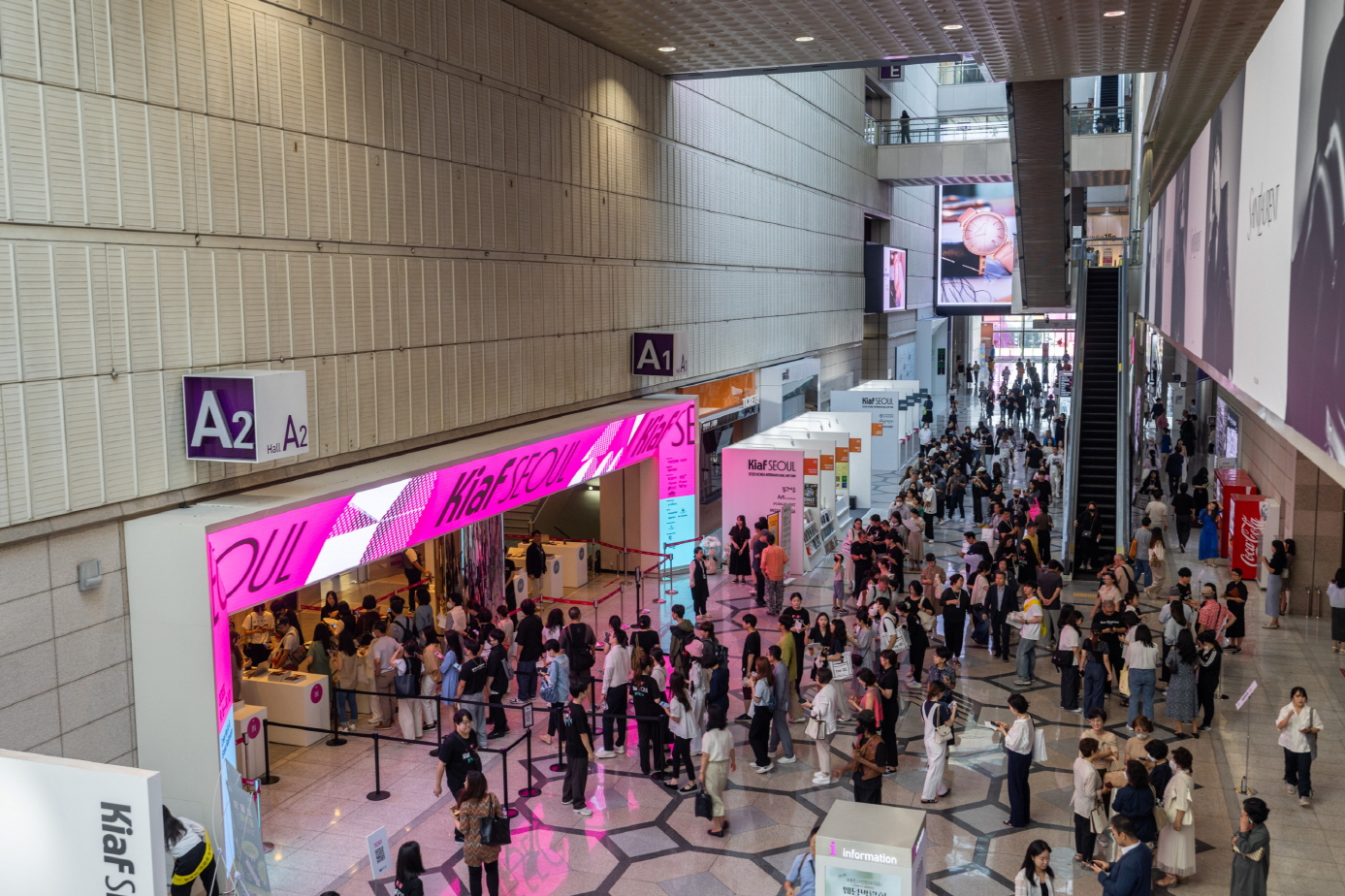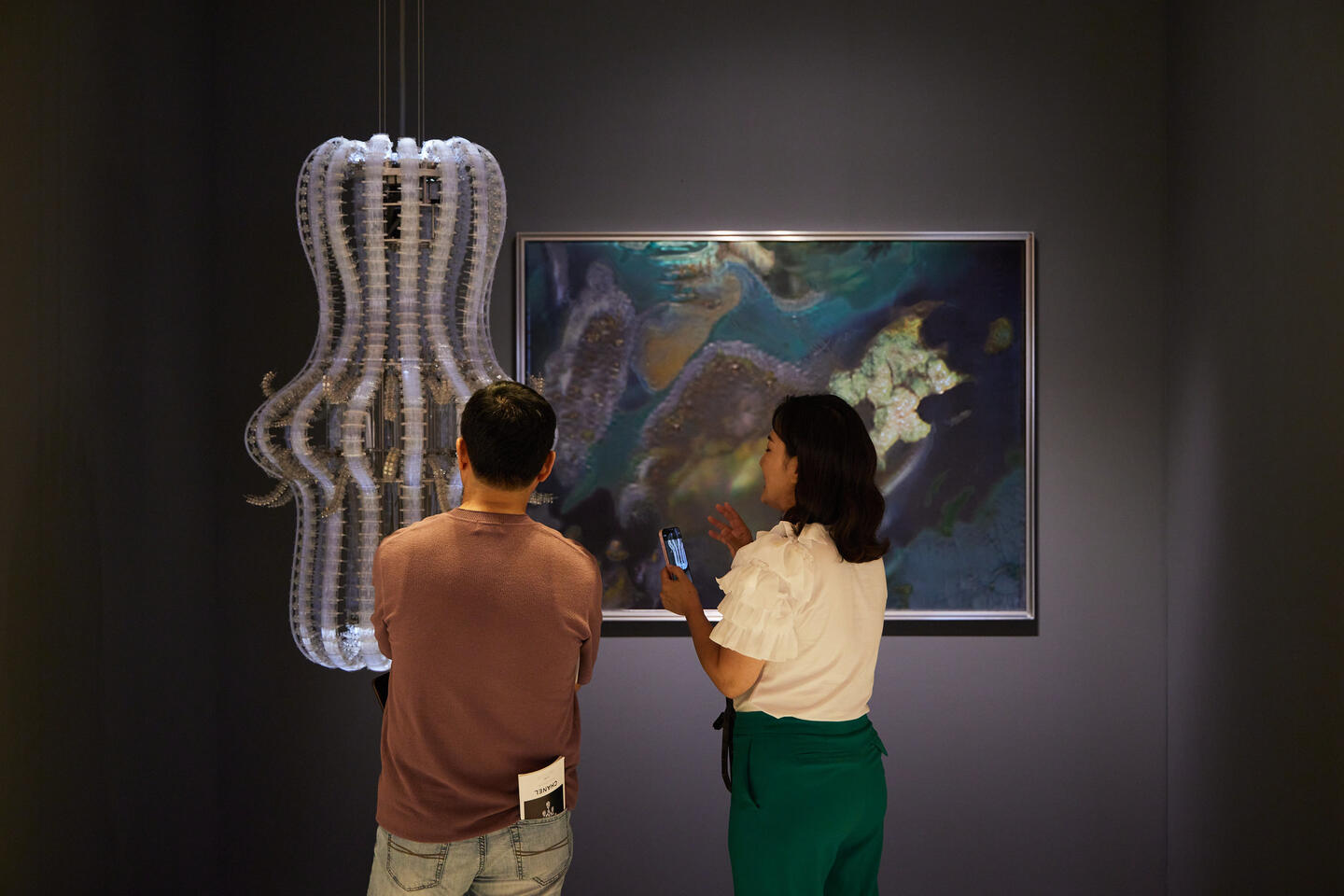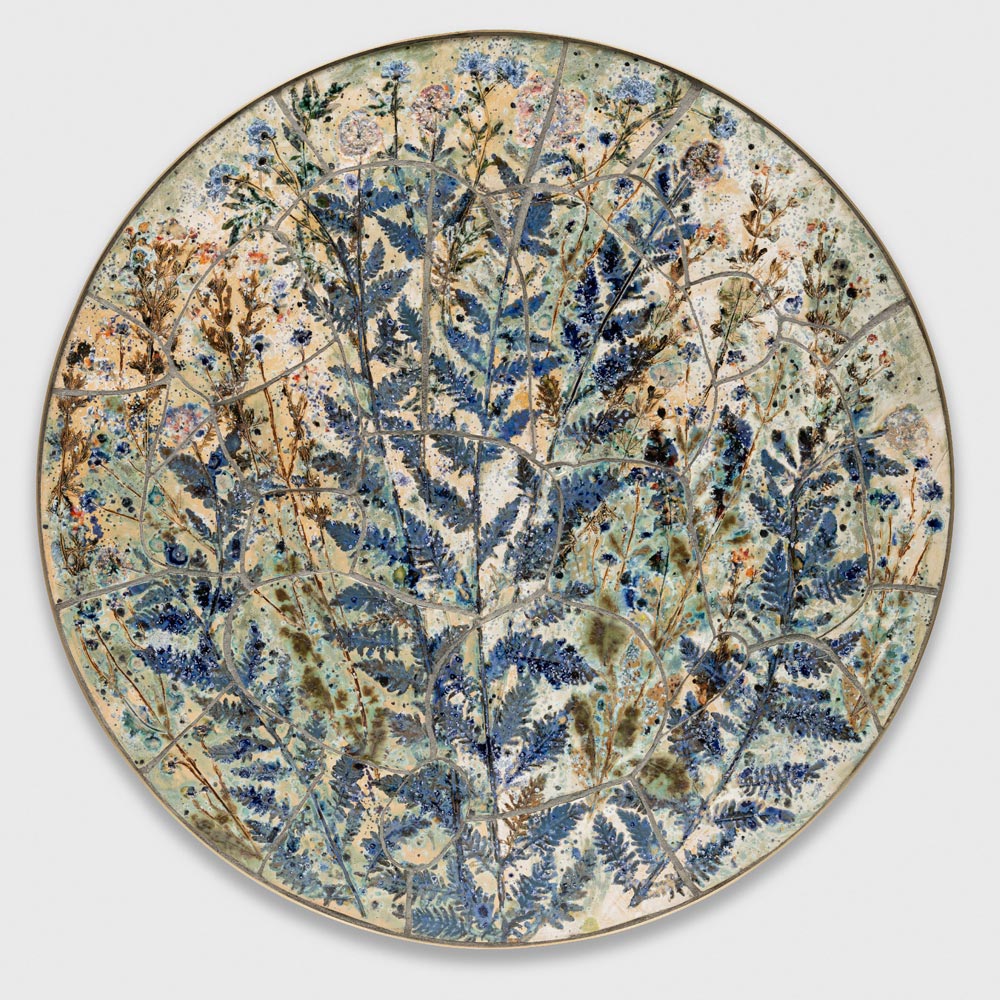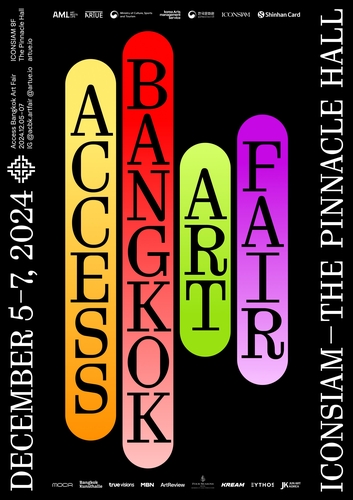The second edition of Frieze Seoul and the 22nd edition of Kiaf SEOUL concluded on the 9th and 10th of this month respectively. We take a look at Kiaf SEOUL, the Korean art fair that will run together with Frieze until 2026, went this year.
 Kiaf SEOUL 2023. Photo by Kiaf SEOUL Operating committee. Courtesy of Kiaf SEOUL.
Kiaf SEOUL 2023. Photo by Kiaf SEOUL Operating committee. Courtesy of Kiaf SEOUL.The second edition of Frieze Seoul and the 22nd edition of Kiaf SEOUL concluded on the 9th and 10th of this month respectively. The two art fairs will continue to be held together until 2026. While the two fairs were held jointly in the same building in COEX, Seoul, Frieze welcomed 70,000 visitors over four days, while Kiaf attracted 80,000 visitors over five days.
The number of visitors to Kiaf increased by over 15% compared to last year, when, Kiaf had 70,000 visitors. However, this number has not yet reached the figures from 2021, when the Korean art market was at its peak, with over 88,000 visitors.
This year, Kiaf attracted significantly more visitors compared to Frieze Seoul. It’s important, however, to consider that Kiaf operated for one day longer than Frieze Seoul and had a total of 210 galleries participating, while Frieze Seoul had only 121 galleries.
This year’s Kiaf had a wider range of artworks, and attracted more visitors, but the venue in Kiaf was said to be much more relaxed than Frieze.
Kiaf was praised for having more diverse artworks than last year, showing improved curation. Particularly, this year’s edition focused on young and emerging artists and smaller artworks to differentiate itself from Frieze Seoul. However, one drawback mentioned was the lack of overwhelming booths or standout artworks compared to Frieze.
 Kiaf SEOUL 2023. Photo by Kiaf SEOUL Operating committee. Courtesy of Kiaf SEOUL
Kiaf SEOUL 2023. Photo by Kiaf SEOUL Operating committee. Courtesy of Kiaf SEOULAccording to Ocula, at a panel discussion with other fair directors on September 7, Jung Lee, the vice chairman of Kiaf’s Operating Committee, said that “our somewhat unique purpose is … we exist to support our galleries.” This reveals the essential purpose that the organizers have in mind for Kiaf. Kiaf is an art fair operated by the Galleries Association of Korea, and it is known that domestic galleries primarily participate through membership in the association.
Similarly, Newsis reporter Park Hyunjoo mentioned that “Kiaf was an event for the gallery members of the Galleries Association, while Frieze was for collectors,” explaining that the curatorial efforts at this event were seen as more centered around participating galleries than visitors.
This approach was evident in the varying levels of visitor engagement within the Kiaf venue. Hall A, where the main galleries were located and which was easily accessible to visitors, was overcrowded. Halls B and C, however, were described as embarrassingly empty. The visitors did not engage with this part of the fair enough to move beyond the initial hallway. This could be attributed to the arrangement of booths around the association’s key member galleries rather than focusing on visitor flow, but it also highlights the fair’s planning capabilities.
Dal-Seung Hwang, Chairman of the Galleries Association of Korea and Chairman of the Operating Committee of Kiaf, stated that “the positive impact of Frieze on Kiaf is significant, but there are still many shortcomings.” Chairman Hwang added, “Both domestic and international businesses and art institutions have mainly focused on Frieze, leaving Kiaf struggling to secure main sponsors and facing budget constraints, which has been a significant source of disappointment. Additionally, Kiaf was unable to secure the scale and space needed for media art exhibitions or special exhibitions due to budget constraints.”
 Kiaf SEOUL 2023. Photo by Kiaf SEOUL Operating committee. Courtesy of Kiaf SEOUL.
Kiaf SEOUL 2023. Photo by Kiaf SEOUL Operating committee. Courtesy of Kiaf SEOUL.Nevertheless, Woo Chungwoo of Hakgojae Gallery said, “This year’s Kiaf has seen an increase in quality and number of visitors compared to last year and the year before.” While Kiaf could have done better, 80,000 visitors is not a small number.
According to Herald Economy’s reporter Go Seung-hee, this year’s Frieze and Kiaf events showcased the “popularization of art.” Although the two art fairs were held in the midst of a sluggish art market, both art fairs attracted a diverse range of generations, from selective existing collectors to art-interested millennials and Generation Z, as well as aspiring future art scholars, due to the growing interest in art.
Relatedly, Korean mega galleries like Kukje Gallery, Gallery Hyundai, and Hakgoje Gallery have announced their success in making sales at Kiaf. The Kiaf organizers specifically emphasized the significant increase in sales of works by young artists and smaller galleries at this year’s event. Emerging gallery Obscura reported selling Bae Bien U’s artwork for approximately 200 million KRW on the VIP opening day. Benedict Hipp’s works were mostly acquired by private collectors, and media artist Daphne Jiyeon Jang, who showcased 3D hologram pieces, received interest from various cultural foundations and corporations, reflecting a hopeful outlook for new media art. Additionally, galleries such as Space Willing N Dealing, Everyday Mooonday, LIA, Gallery Stan, and ThisWeekendRoom also reported positive outcomes.
 Kiaf SEOUL 2023. Photo by Kiaf SEOUL Operating committee. Courtesy of Kiaf SEOUL.
Kiaf SEOUL 2023. Photo by Kiaf SEOUL Operating committee. Courtesy of Kiaf SEOUL.Notable figures and collectors from the Korean and international art scene visited this year’s fair, including Adrian Cheng from K11 Craft and Guild Foundation, Chairman Lee Woong-yeol from Kolon, Li Pi from Tai Kwun, and Justine Alexandria from the YUZ Museum.
In 2021, Kiaf set a record with the highest revenue in the history of Korean art fairs, reaching 65 billion KRW. This figure was more than double the revenue of 31 billion KRW achieved by Kiaf in 2019. While Kiaf no longer publicly discloses the combined revenue after jointly holding the art fair with Frieze, art experts anticipate that the revenue for last year was similar to or slightly below the 2021 figures. Experts also expect this year’s results to be similar to those from 2021.



















